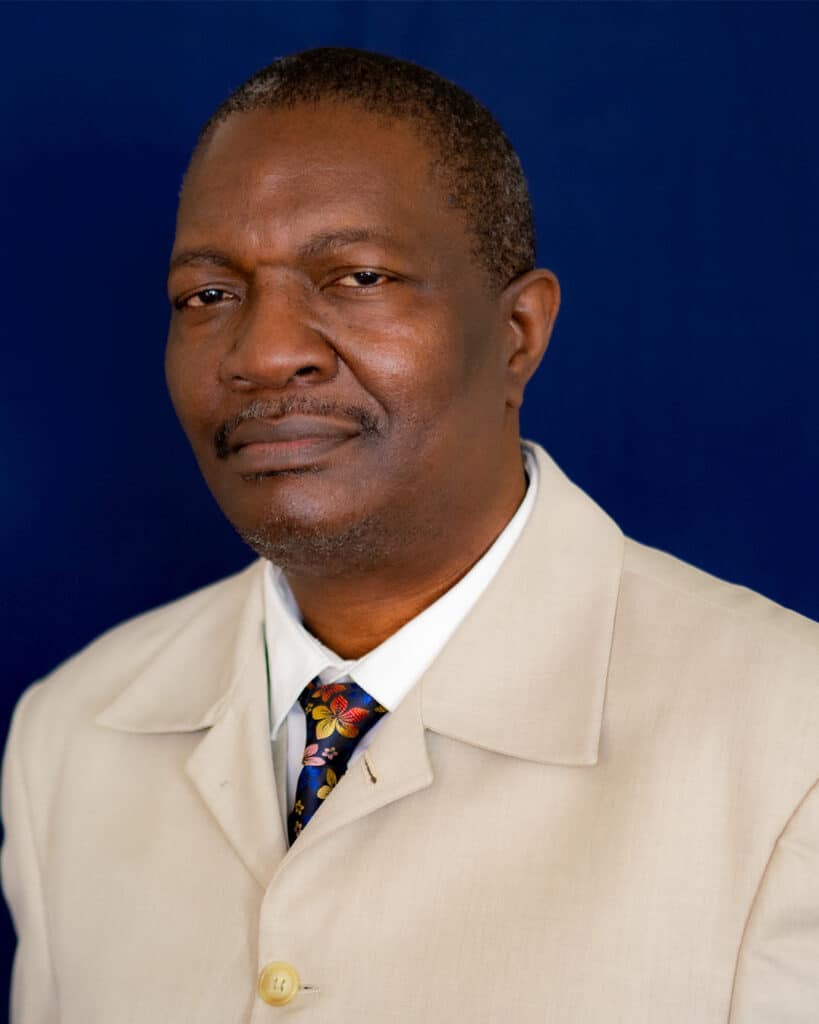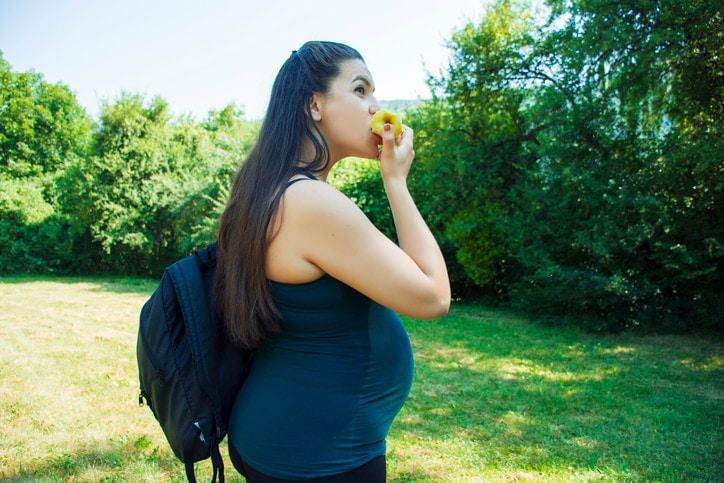The ACT has one of the highest rates of gestational diabetes in the country, which is diagnosed in pregnant women who are between 24 and 28 weeks pregnant.
In the past year, 919 Canberran women with gestational diabetes registered with the National Diabetes Services Scheme, more than the 854 people who registered with type 2 diabetes.
In the three months since it launched, over 5,000 women have signed up to a new wellness app, Capital Chicks Canberra, which is intended to reduce the prevalence of gestational diabetes and improve general health and wellbeing amongst Canberran women.
Diabetes ACT area manager, Natalie Smith, said there was a variety of factors that may contribute to the alarming statistics in Canberra, including age and place of birth.
“Some of our mothers are older when having children, we also have quite a diverse multicultural population in Canberra,” she said.
Aboriginal and Torres Strait Islander people are around three times more likely than non-Indigenous Australians to develop diabetes or pre-diabetes, and people born in Asia, on the Indian subcontinent and in some parts of Europe have an increased risk of developing type 2 diabetes.
Gestational diabetes typically goes away after a baby is born; however, it increases the risk of developing type 2 diabetes later in life.
The app from Diabetes NSW & ACT includes healthy recipes, meal swaps, rewards, and mindfulness and exercise activities.
Research shows the lifestyle choices promoted in the app can reduce the risk of gestational diabetes by up to 83%.
Mrs Smith said it was also important to note that there was a common link between gestational diabetes and the hormones produced in pregnancy.
“We know that lifestyle may contribute to the severity, but it’s not the only cause.”
Value and shortage of specially trained nurses
Diabetes Australia warns diabetes is the “epidemic of the 21st century” and the biggest challenge confronting the Australian health system.

According to Charles Sturt University diabetes research team leader, Dr Ezekiel Nwose, about 50% of adults living with diabetes are undiagnosed, and three out of four people with diabetes live in urban areas and are of working age.
World Diabetes Day is Saturday 14 November and this year’s theme is ‘Nurses make a difference,’ in recognition of the specialised care nurses provide diabetes patients to reduce the risk of complications such as heart and kidney disease, stroke, blindness, amputations, depression and anxiety.
Meanwhile, experts warned of a shortage of six million nurses worldwide by 2030 and Dr Nwose said this may be a conservative estimate.
“Perhaps the six million may appear a huge number of nurses needed, but this is probably an underestimation,” Dr Nwose said.
“Australia has about 345,000 nurses, according to 2019 Health Workforce Data, but it indicated there may be a shortage of more than 120,000, or more than 30% of the available nurses.
“Based on the Australian population, if this figure is extrapolated to the world, the nursing staff need by 2030 may actually be more than the projected number of six million.”
Mrs Smith of Diabetes NSW & ACT said the prevalence of diabetes grew by 7% year on year, which may be attributed to improved diagnostics as well as increasingly unhealthy lifestyle choices.
“We are getting better with treatments and diagnostics. Medicine is always advancing,” she said.
“But there’s also so much research out there – are we all healthy and living a good lifestyle by maintaining good weight, eating good food and exercising?
“Once you’re in that 40- to 45-year-old bracket think about diabetes, talk to your GP at your annual checkup.”
To learn more use the Diabetes Risk Calculator. If you would like to speak to a Diabetes Health Professional, ring 1300 342 238 or visit the Diabetes NSW & ACT website.
For more news:



